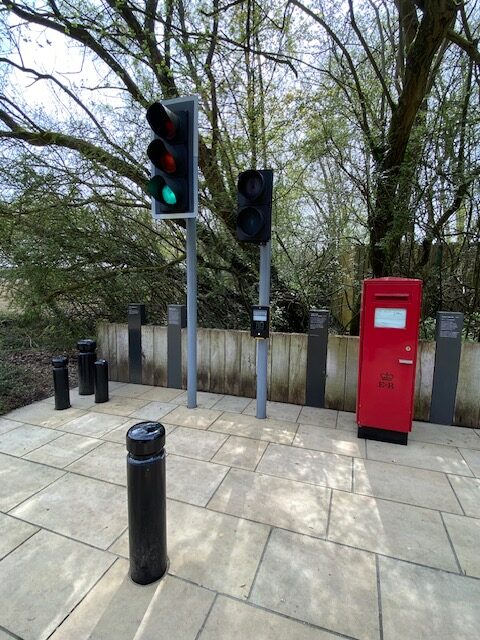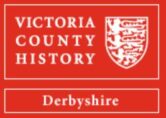As something a little different from our normal posts, we look at the enduring legacy of David Mellor – master metalworker – and why you’ll find a London bus shelter in a Derbyshire village!

Why is this London bus shelter in Derbyshire? Or for that matter what are the traffic lights or the square post-box and the bollards doing in a corner of Derbyshire – at Hathersage – in the county’s Peak District? The answer is really quite simple – David Mellor (1930-2009) – as these are all products of the late designer and master metalworker, who in 1990 established a factory in the village.
David Mellor – early life
Best known for his range of cutlery, which can justifiably be called ‘iconic’, Mellor was born in Sheffield to working-class parents. He won some acclaim, when only a youngster, building models of ships scrapped by city company Thomas W Ward.
Attending the junior department of the Sheffield College of Art he was given and developed knowledge of metalworking, pottery, house painting and decorating. Progressing to the Royal College of Art (RCA) he continued to develop his interests, not only in cutlery and silverware, but contemporary design in its wider sense.
He attended the RCA from 1950 for four years, after his National Service. During his time there he designed his ‘Pride’ cutlery range, which was made by Sheffield cutlers Walker & Hall. It’s still made today – at the factory he much later established in Hathersage. As an example of his much wider design interests David Mellor designed a lighting column for Abacus (who have a manufacturing plant in Nottinghamshire to this day) during his final term at the RCA.
In business
Returning to his native city Mellor set-up a studio-workshop there, where he was shortly to become Walker and Hall’s design consultant (their factory was adjacent). His designs encompassed pieces in silver, silver plate and stainless steel. His wider interests saw him design a solid fuel convector heater and the Abacus manufactured bus shelter pictured above – first produced in 1959. Other items of street furniture followed, including litter bins, outdoor seating and more bus shelters.

Park Lane
In 1960 he had constructed a purpose-built home, design studio and factory at Park Lane, in the Sheffield suburb of Broomhill. There followed many commissions for work including silver and other metal ware for cathedrals, universities and churches, the Worshipful Company of Goldsmiths and others. A major commission for British Embassies saw him design and his company make a prestigious range of silverware and cutlery. In the 1970s a series of designs for tools saw him work on such diverse objects as garden secateurs and a very successful range of industrial saws for Eclipse tools. The controversial square pillar box was via a Post Office commission from 1966. Around the same period Mellor designed a range of cutlery for use in government canteens and the NHS – such was his reach.
Apart from his cutlery – much of which is currently in production – perhaps his most commonly encountered creations are the traffic lights and pedestrian signals of the 1960s – still in use today.
Broom Hall
Mellor purchased and converted Broom Hall, Sheffield, in 1973. This part Tudor/part Georgian building was carefully restored as his new home, studio and cutlery factory. New designs, particularly of cutlery, continued to flow. Shops were opened and the business expanded.
Hathersage
So to the Derbyshire Peak District, where in the 1980s David Mellor commissioned the Michael Hopkins Partnership to adapt the site of the former village gas works. Opened in 1990 the Round Building – where cutlery is manufactured – sits on the site of the former gas holder. Other buildings such as the retort house and offices have been converted into living space, offices and design areas. The buildings, in particular the Round Building, have received much praise and many architectural awards.

Today the facility includes not only retail space, but what we think is a rather good café and, importantly, a small design museum. Here you can marvel at the legacy that is David Mellor and the continuing high-level of design and manufacturing still carried out in his name by son Corrin. For it is he who continues to design cutlery, architectural features, tableware and other products at this architectural and design gem, which is well worth a visit.
Further information
If you want to know more about the Mellors, the Round Building and other aspects of their work we would particularly recommend ‘David Mellor, Master Metalworker’, now in its third edition, published by David Mellor Design and available from the company. For further details about the Round Building, of which bookable tours are available, and of the design museum see the company’s website.

